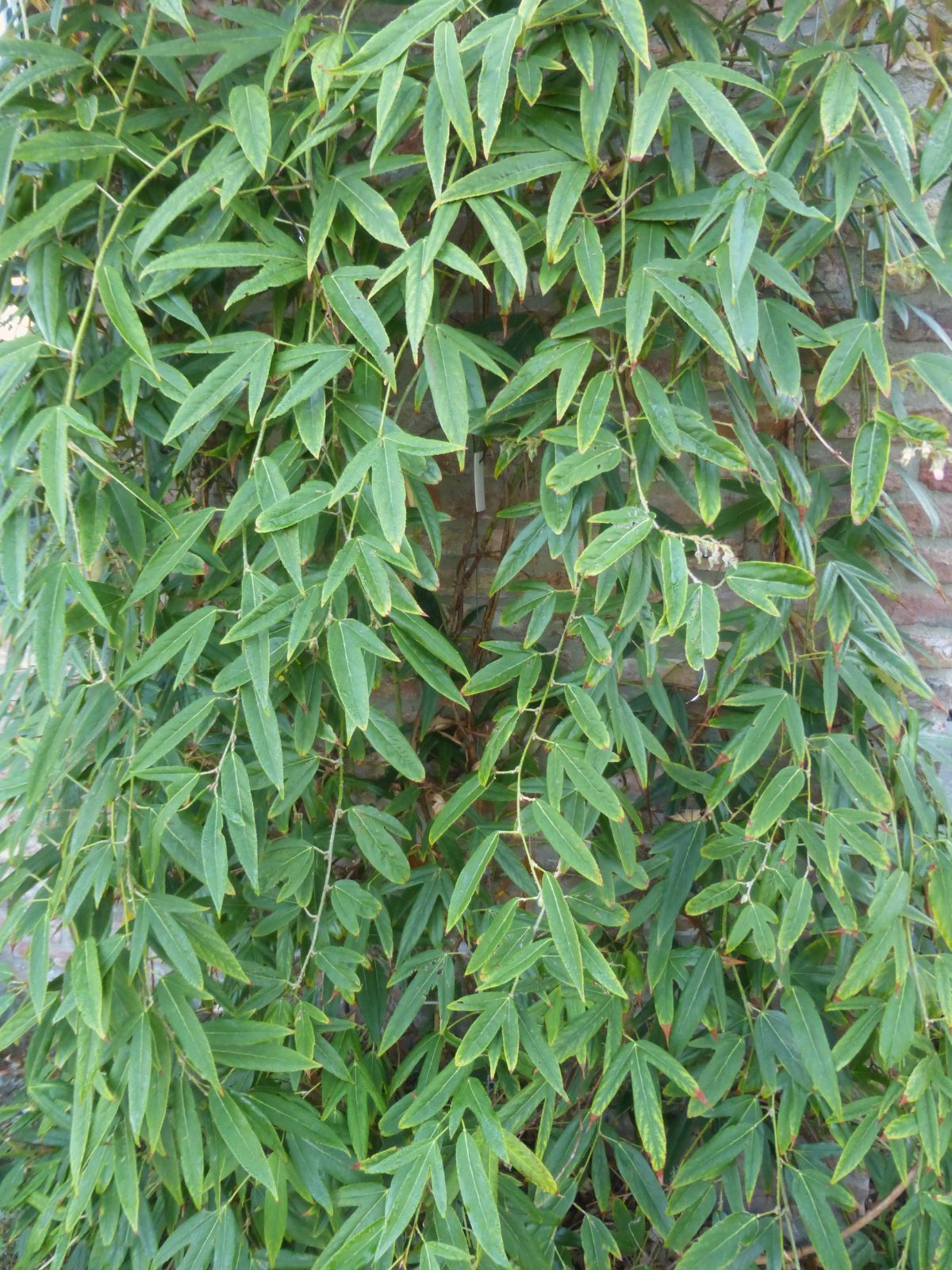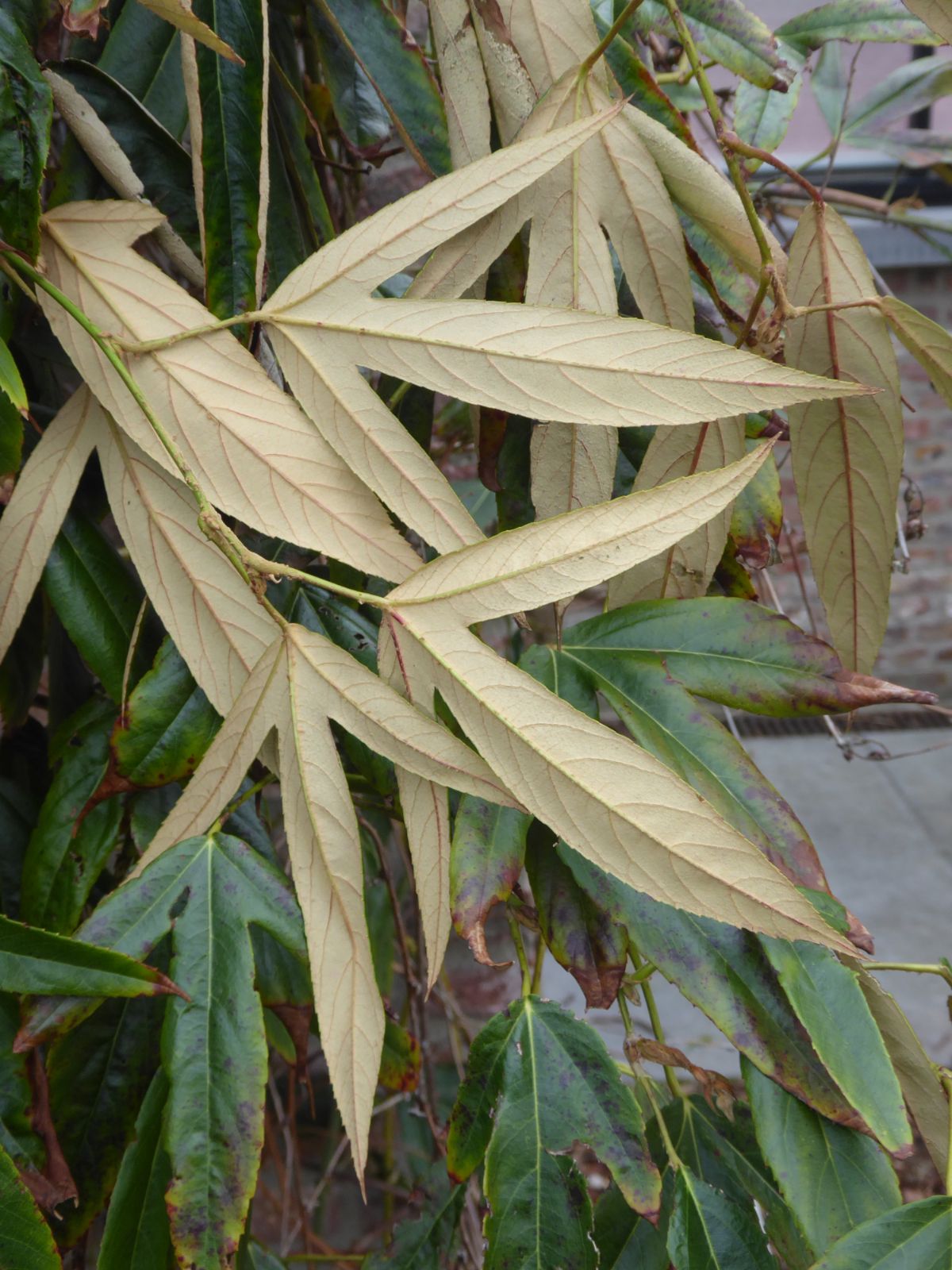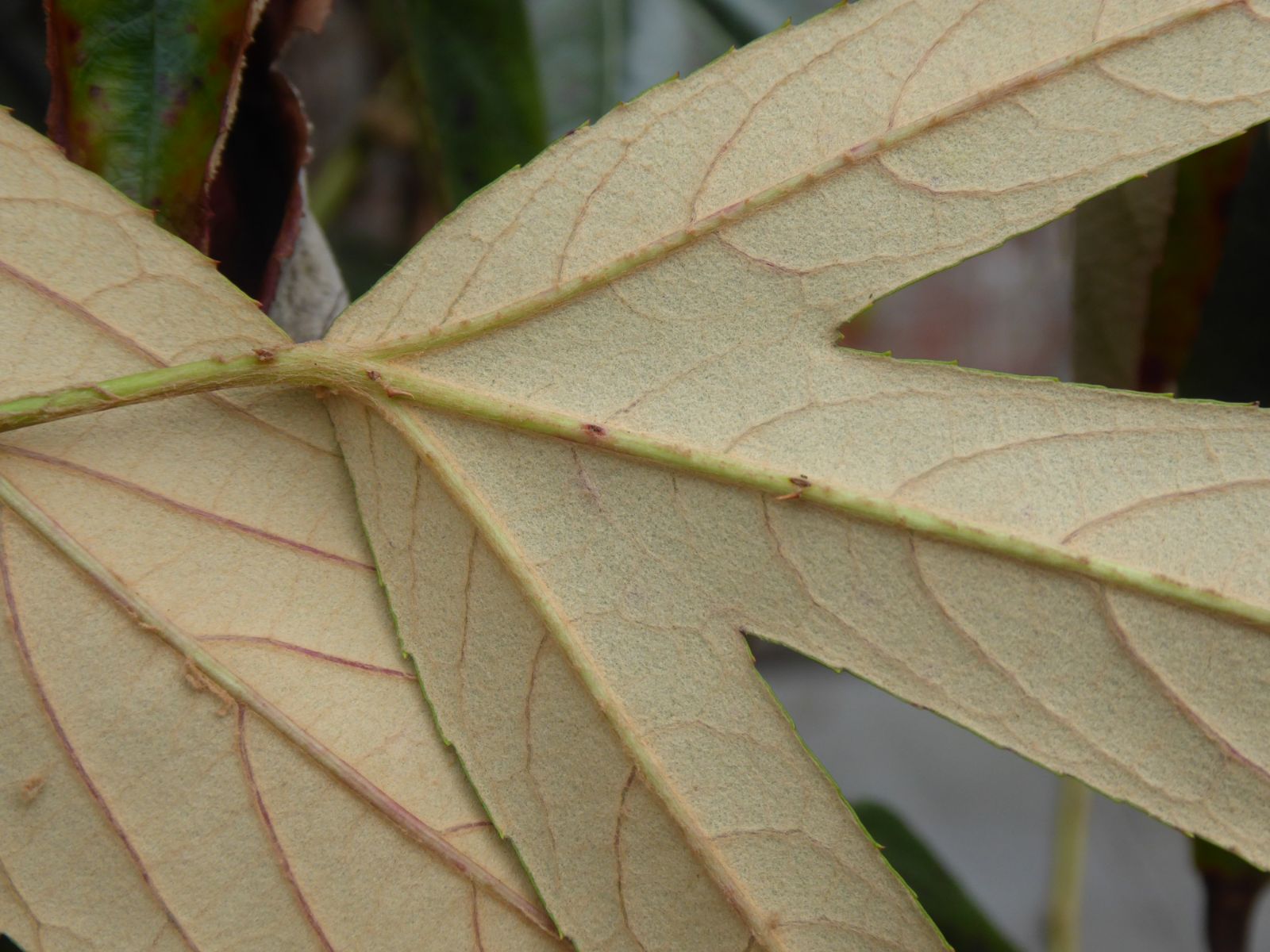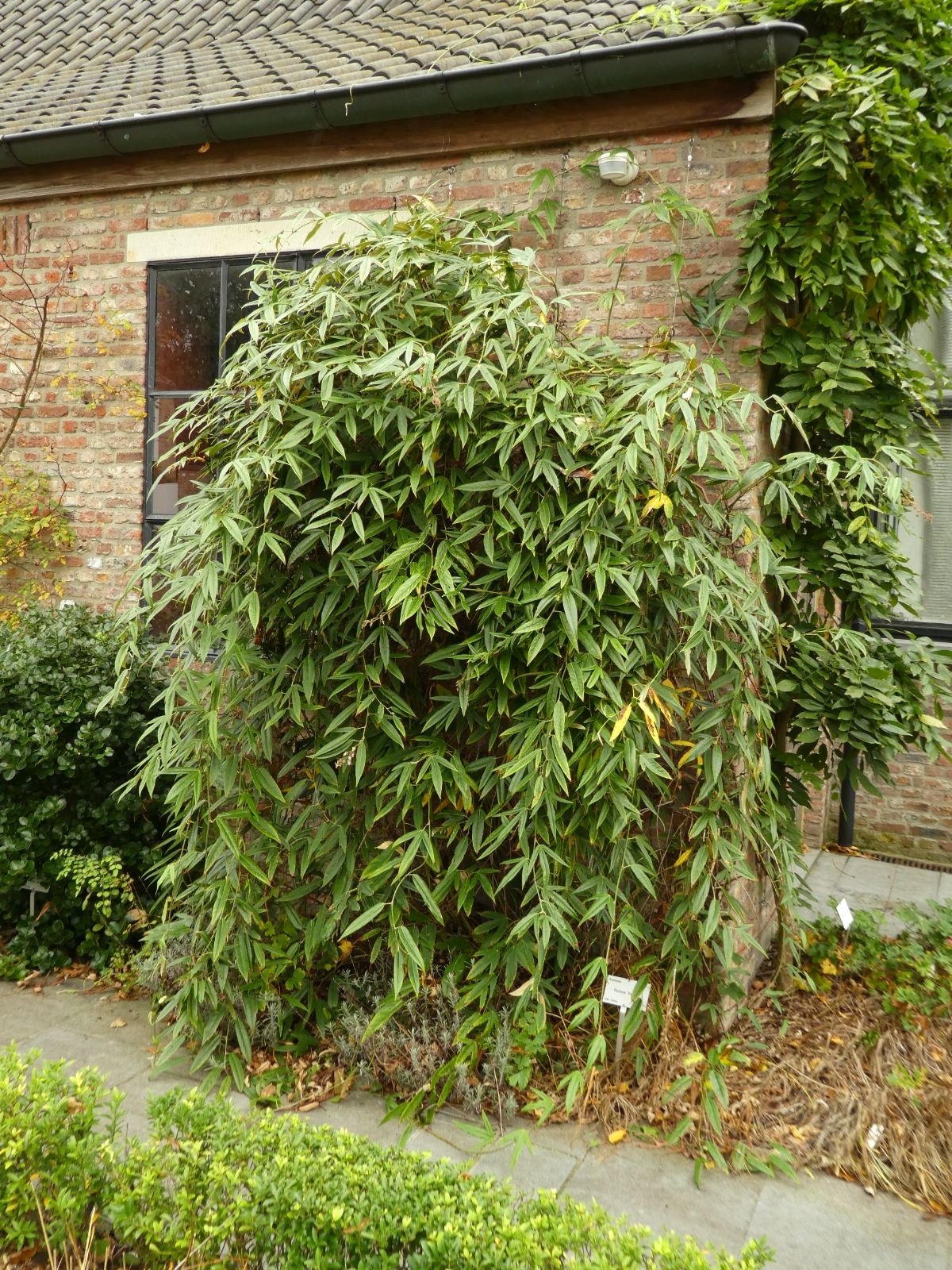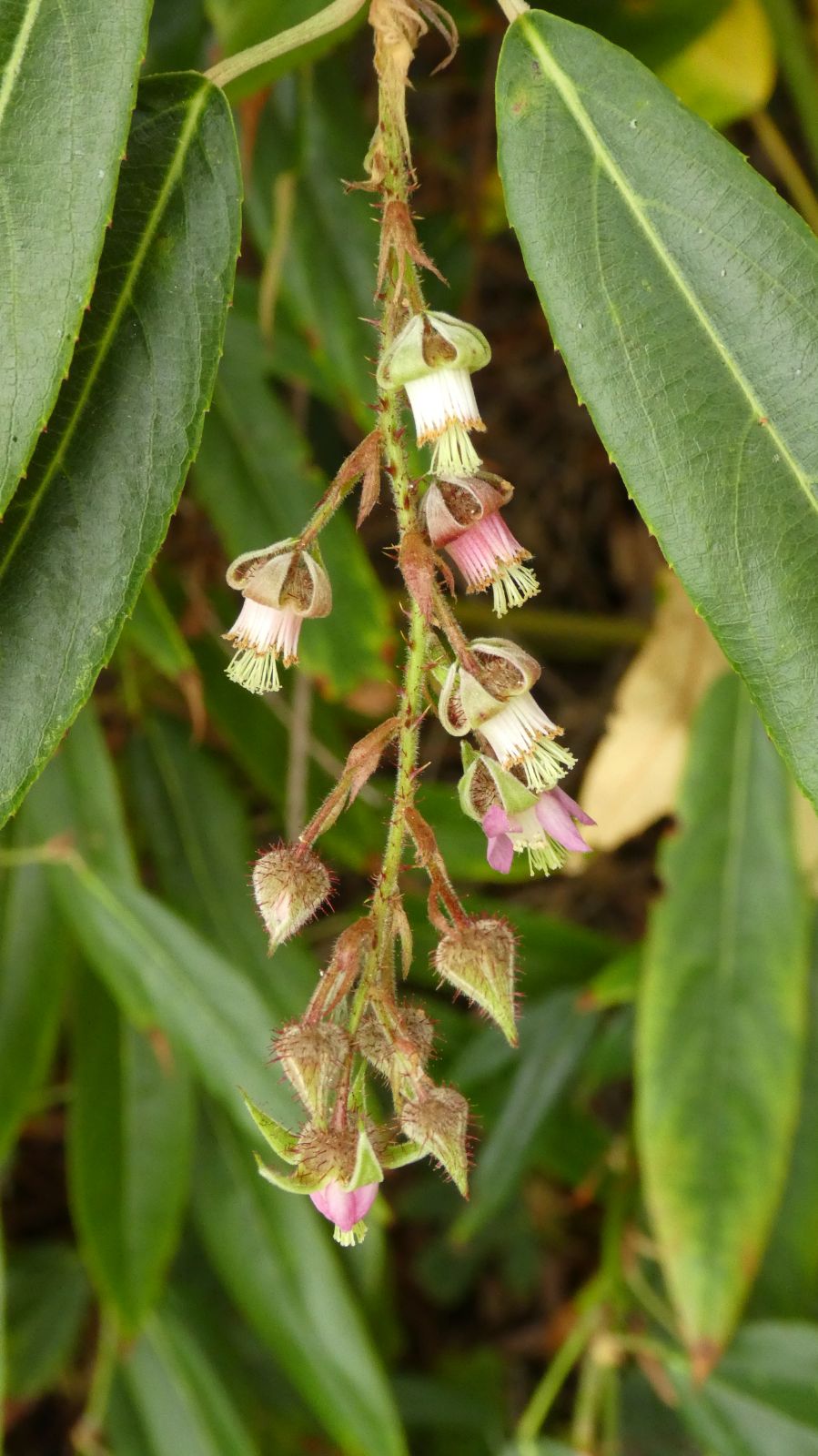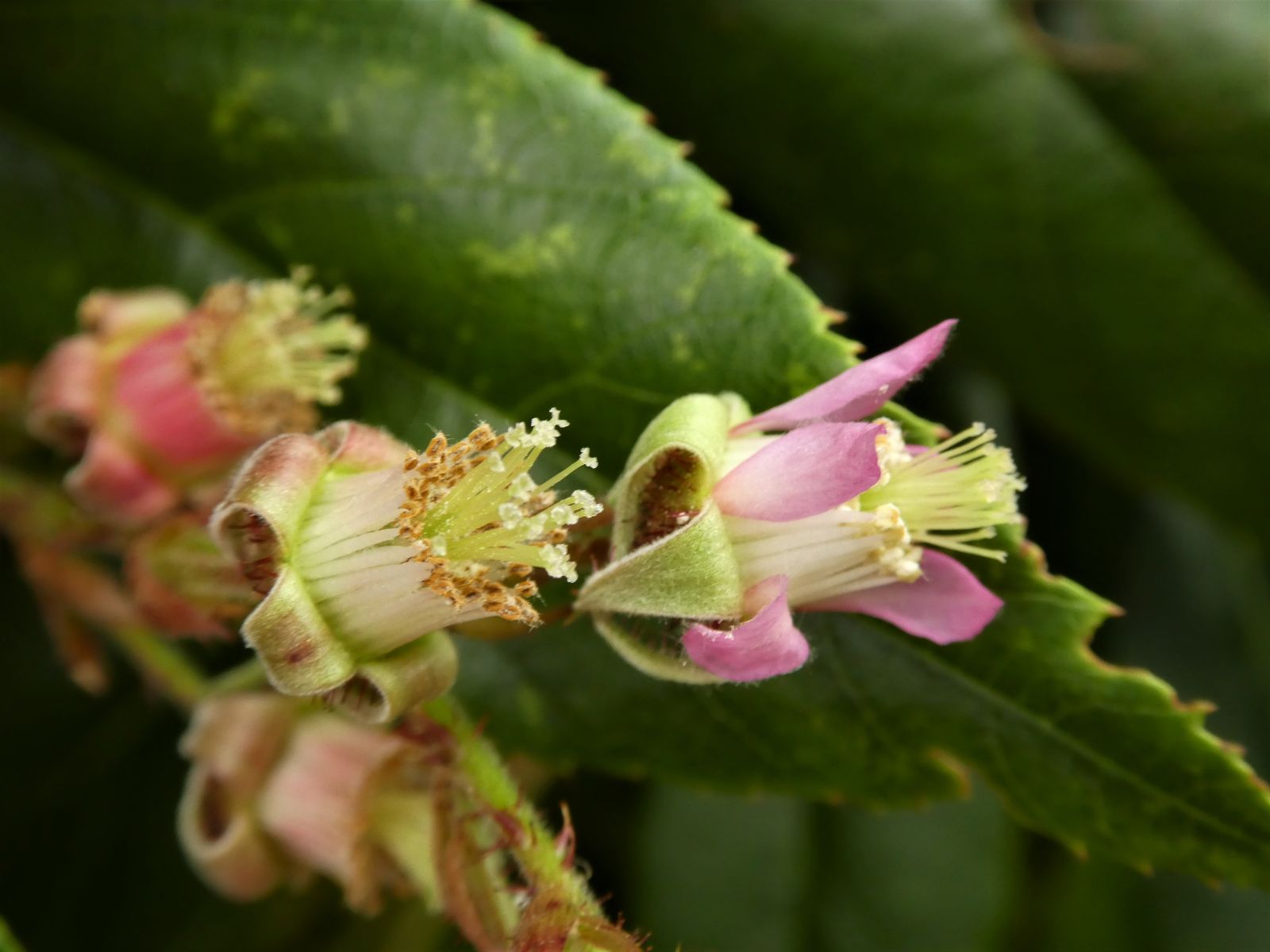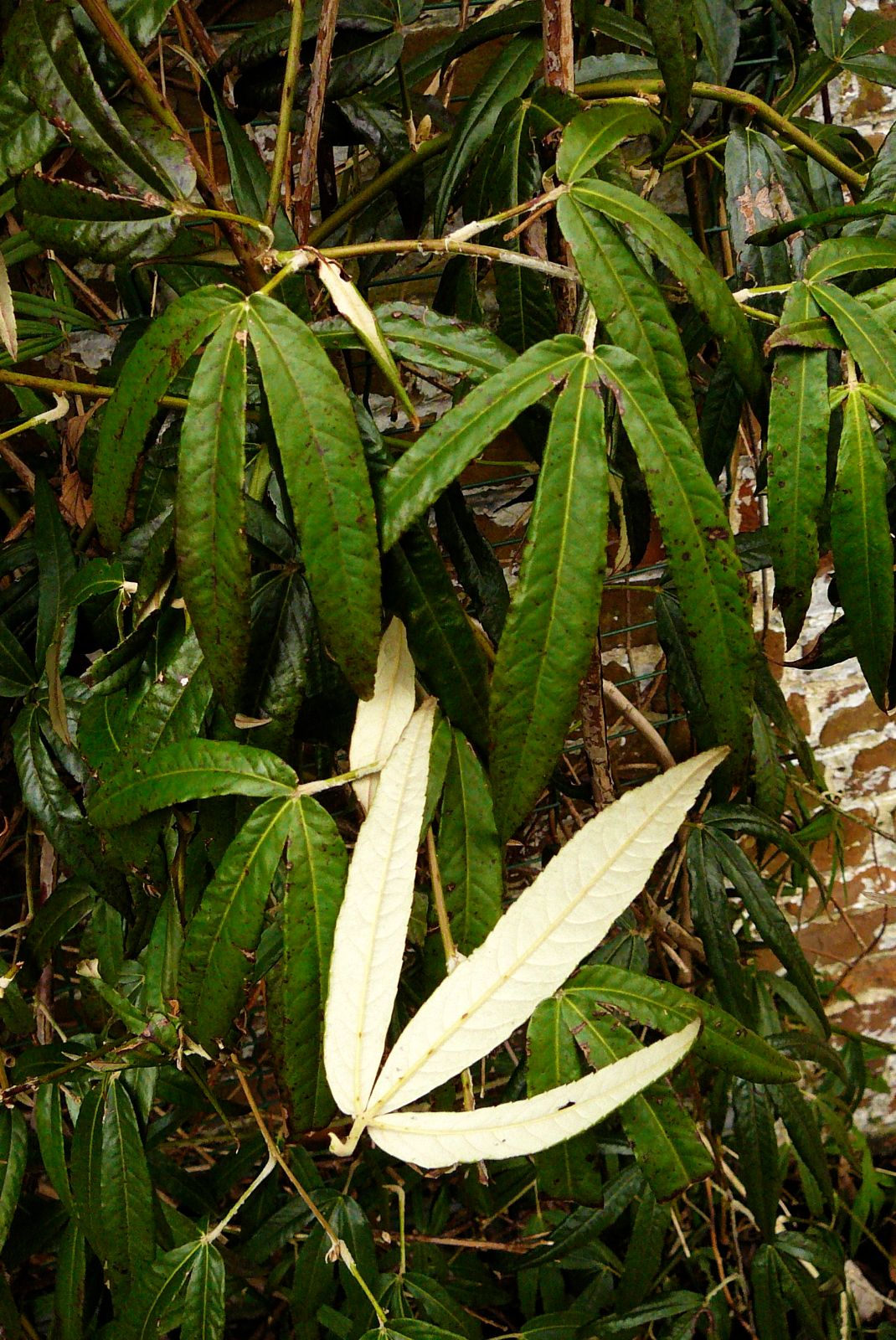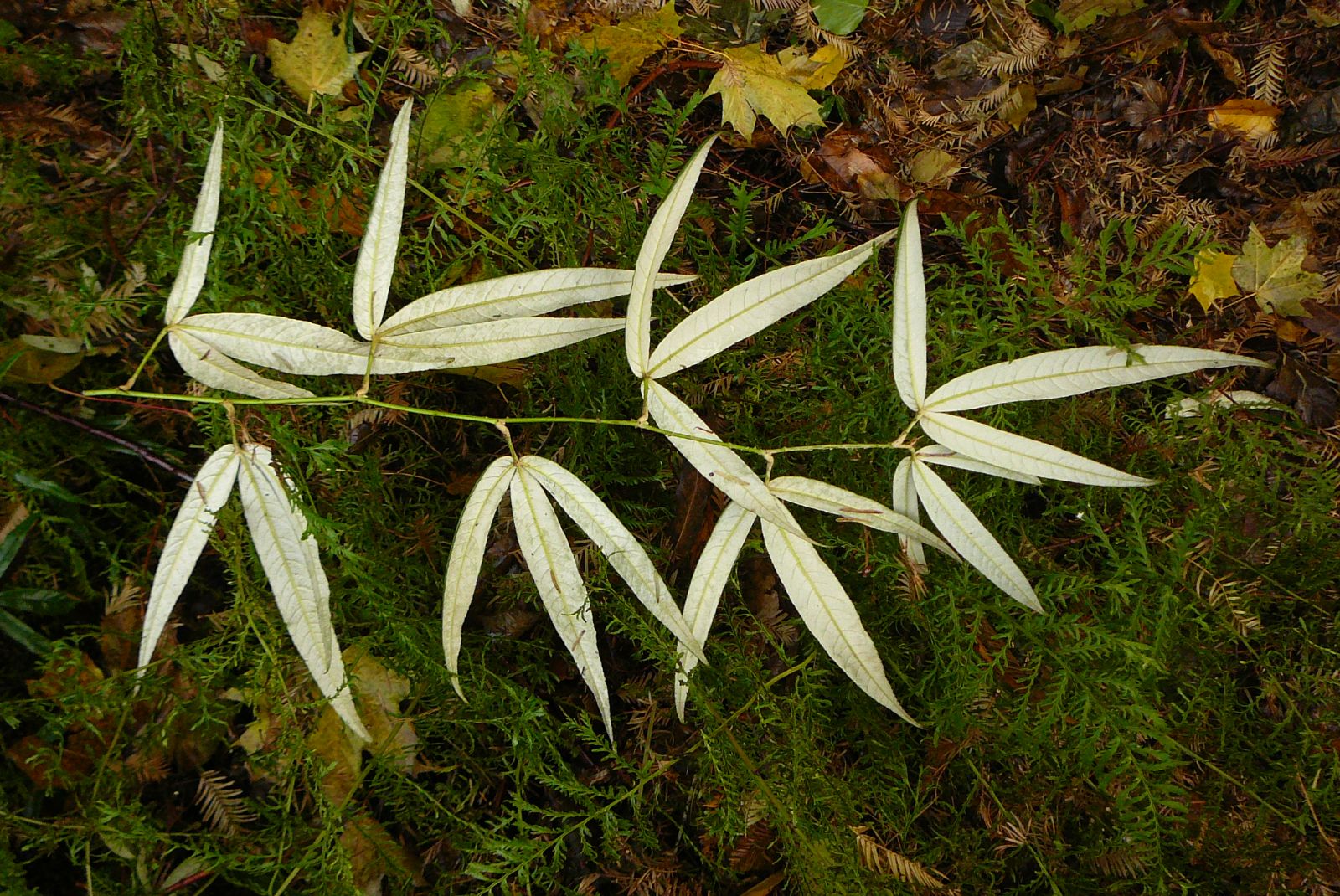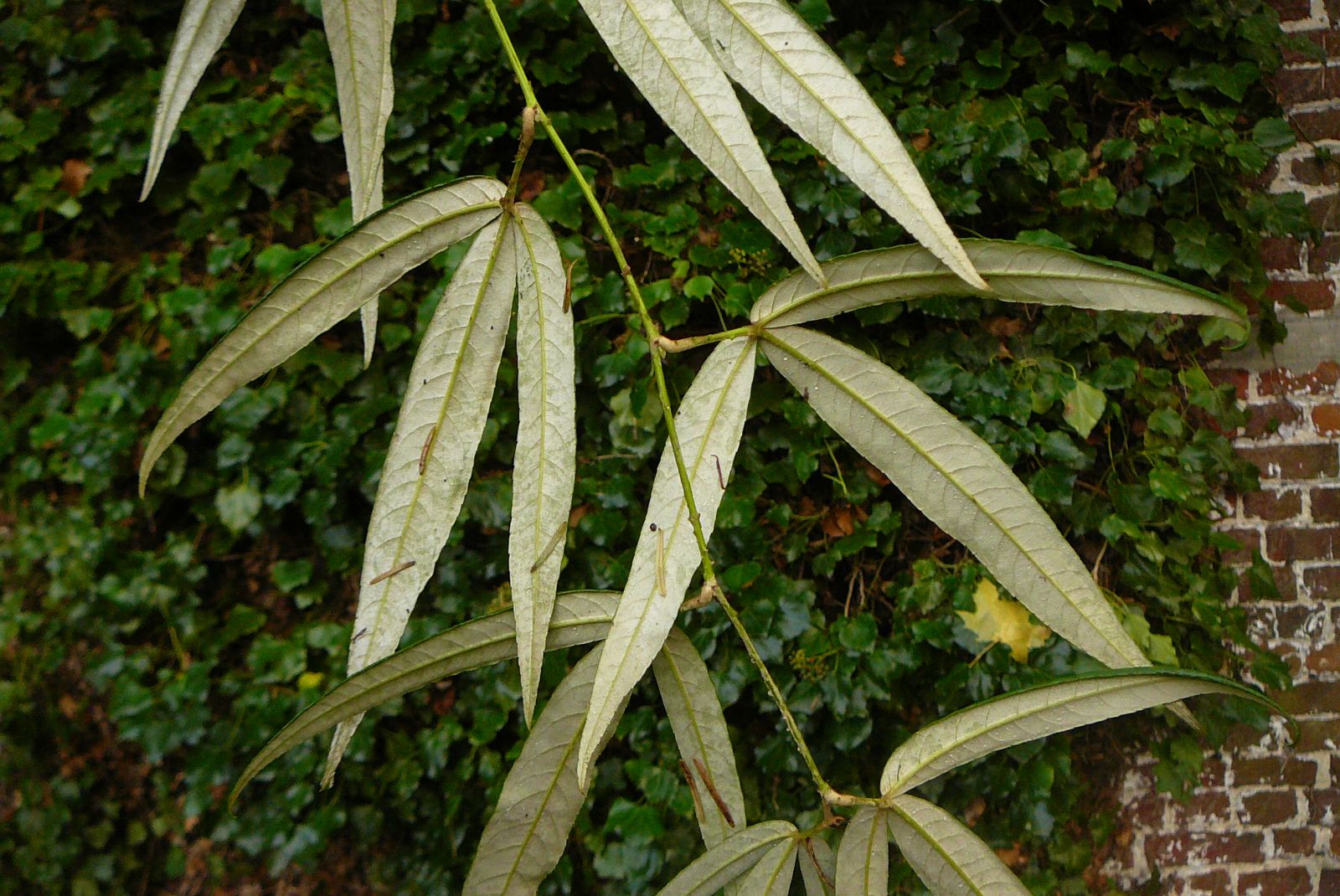Rubus henryi
Credits
Article from Bean's Trees and Shrubs Hardy in the British Isles
Recommended citation
'Rubus henryi' from the website Trees and Shrubs Online (treesandshrubsonline.
Genus
Infraspecifics
Other taxa in genus
- Rubus adenophorus
- Rubus amabilis
- Rubus biflorus
- Rubus caesius
- Rubus calycinoides
- Rubus chroosepalus
- Rubus cissoides
- Rubus cockburnianus
- Rubus corchorifolius
- Rubus coreanus
- Rubus crataegifolius
- Rubus deliciosus
- Rubus flagelliflorus
- Rubus flosculosus
- Rubus hispidus
- Rubus hupehensis
- Rubus ichangensis
- Rubus idaeus
- Rubus illecebrosus
- Rubus irenaeus
- Rubus koehneanus
- Rubus kuntzeanus
- Rubus laciniatus
- Rubus lambertianus
- Rubus lasiostylus
- Rubus lineatus
- Rubus malifolius
- Rubus mesogaeus
- Rubus nepalensis
- Rubus × nobilis
- Rubus occidentalis
- Rubus odoratus
- Rubus palmatus
- Rubus parkeri
- Rubus parviflorus
- Rubus parvifolius
- Rubus parvus
- Rubus pedunculosus
- Rubus phoenicolasius
- Rubus playfairianus
- Rubus setchuenensis
- Rubus spectabilis
- Rubus subornatus
- Rubus thibetanus
- Rubus trianthus
- Rubus tricolor
- Rubus trifidus
- Rubus ulmifolius
An evergreen, elegant, scandent shrub, growing 20 ft high where support is available; stems slender, cord-like, armed with a few spines. Leaves three-lobed, 4 to 6 in. long, glabrous above, covered beneath with a close white felt; stalk 1 to 11⁄2 in. long; lobes of varying depth but usually reaching about three-fourths down the blade, narrow (from 3⁄4 to 1 in. wide at the base), tapering to a long fine point, finely toothed. Flowers pink, of little beauty, 3⁄4 in. across, borne six to ten together in terminal and axillary racemes 3 in. or so long; petals and sepals of about equal length, the latter covered with glandular hairs, and ending in a tail-like point. Fruits shining black, 1⁄2 in. wide.
Native of Central and W. China; first discovered near Ichang by Henry, in whose honour it is named. Introduced by Wilson in 1900. It is mainly represented in cultivation by:
var. bambusarum (Focke) Rehd.
Synonyms
R. bambusarum Focke
Leaves composed of three distinct leaflets, which are narrowly lanceolate, 2{1/2} to 5 in. long, {3/8} to {3/4} in. wide, on stalks {1/8} in. or less long. Native of Central China and, like the typical state, discovered by Henry and introduced by Wilson in 1900. It is notable for its elegant and rapid growth. When trained up a pillar or similar support, its slender branches arch outwards in all directions. Growths 10 to 12 ft long are made in one season. The panicles of black fruits, 3 to 5 in. long, are also handsome. Bot. Mag., n.s., t. 33. It is perfectly hardy and received a First Class Certificate when exhibited by Messrs Veitch in 1907.

